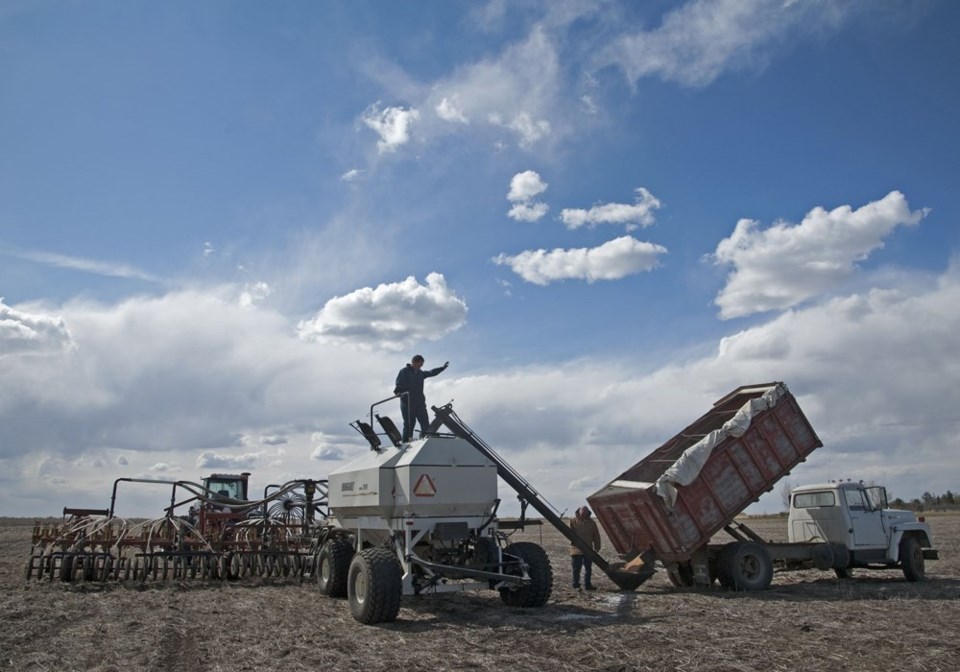But manufacturing plants are desperate for workers with many companies dealing with vacancy rates of 10 to 20 percent or higher. By 2025, the sector could face a labour shortage of 65,000 people.
To close this gap, the Canadian Agricultural Human Resource Council and Future Skills Centre is partnering with the Canadian Federation of Agriculture and Food and Beverage Canada to develop a National Workforce Strategy.
Over the next two years, the partners will work to devise ways to attract and retain workers for meat-processing plants, bakeries, wineries, honey processors, breweries and farmers across Canada.
“I think the biggest step… is creating an actionable road map,” said Paul Glenn, CAHRC chair and a farmer from Keene, Ont. “We’re going to come up with the answers and solutions to the problems…. The need for this strategy has never been stronger…. It (labour) is the limiting factor for a lot of the ag businesses.”
Lack of labour has become a chronic challenge for farmers and food processors.
In January, there were more than 4,100 job vacancies for meat cutters and butchers at meat-packing plants in Canada. That represents a job vacancy rate of about 11 percent. But at some plants, the percentage of unfilled jobs is 20 percent or higher, based on a Canadian Meat Council survey of packing plants.
“Since we ran the survey… the numbers have increased dramatically since February. We were hearing that while things were awful (this winter), they are now worse,” said Marie-France Mackinnon, vice-president for public affairs and communications with the meat council, in September.
Meat packers, mushroom farms and many agri-food businesses have turned to temporary foreign workers to fill labour shortages but CAHRC will focus on domestic workers and convincing more Canadians to try a career in food production or food processing.
“This is going to address, what are our challenges, for attracting people that are here (in Canada),” Glenn said.
The first year of the two-year project will examine the workforce shortage, including a look at programs and services that have already been developed. Some of the programs could be effective, but they haven’t been promoted or fully used by the industry.
One example is the AgriHR Toolkit, a CAHRC program. It helps farmers “find, retain, and support (their) employees.”
In the second year, CAHRC and its partners plan to develop the National Workforce Strategy for Agriculture and Food and Beverage Manufacturing.
“The second year is really going to be the meat and potatoes,” Glenn said.




